This month, we chart a course through chemical space and discover the potential problems of cleaning up Sellafield
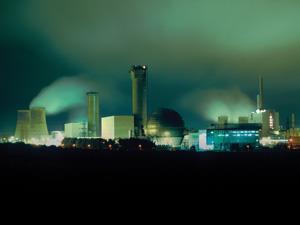
0.34– A group of researchers from the US, in collaboration with a non-profit organisation, has designed a book with silver-impregnated pages that can be used to filter contaminated water. One page from this ‘drinkable book’ can potentially filter up to 100 litres of drinking water and may provide a cheap, sustainable solution for communities suffering from severe sanitation problems – ‘Drinkable book’ quenches thirst for water purification solution
3.33– The American Chemical Society (ACS) and its members are being pressed to speak out against poor safety conditions in US academic labs, and to lobby the National Institutes of Health (NIH) to consider researchers’ safety records when allocating funding. The call comes from the sister of the late Sheri Sangji, a 23-year-old research assistant at the University of California, Los Angeles (UCLA) who died in January 2009 from injuries sustained during a dangerous lab experiment – Tie funding to lab safety, urges Sheri Sangji’s sister
6.05– ‘Chemistry doesn’t always play by the rules’ – Natalie Fay from the University of Bristol talks about the opportunities and challenges of exploring the range of chemical possibilities – Navigating chemical space
11.44– By looking deep into our eyes, particularly the chemicals that help us see, researchers in Germany have discovered a cheap, easy route to useful but hard-to-make organic compounds– Vitamin makes tricky E/Z flipping easy
15.26– A researcher in the UK has presented a controversial new definition for hypervalencythat may ignite debates over atomic charge and allow students to draw nitrogen atoms with five covalent bonds – Hypervalent bonding controversy out for the electron count?
18.04– ‘You don’t want to move anything unless you can be sure that it won’t create any problems’ – Katherine Morris from the University of Manchester talks us through the problem of cleaning up nuclear waste at Sellafield – Stuck in the sludge
24.50– An ultrathin, flexible, stretchable and lightweight ‘solar foil’ has been produced from perovskite solar cells by researchers in Austria, who demonstrate the material’s utility using solar powered miniature aircraft and blimps– Ultralight solar cells designed to drive drones
27.39– UK researchers have identified a mutant plant that is able to thrive on soil contaminated with high concentrations of the explosive TNT. The finding opens the way to cleaning up the vast swathes of land throughout the world – principally military firing ranges – polluted with the highly toxic and persistent compound – Mutant plant can mop up explosives
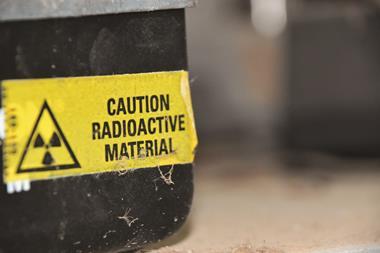
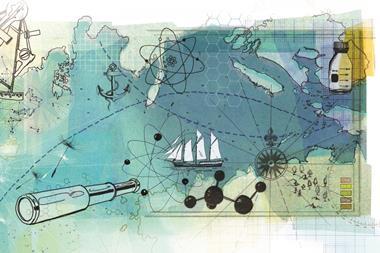

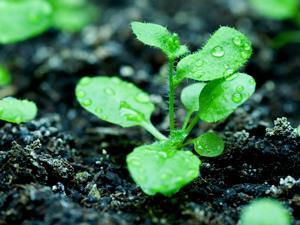
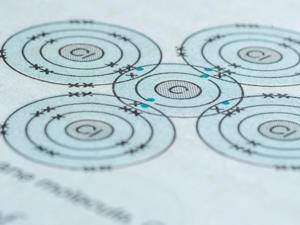
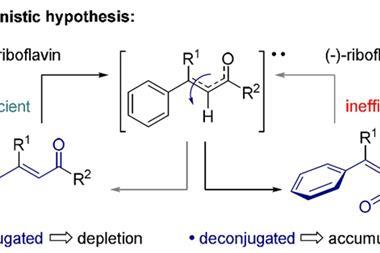






No comments yet